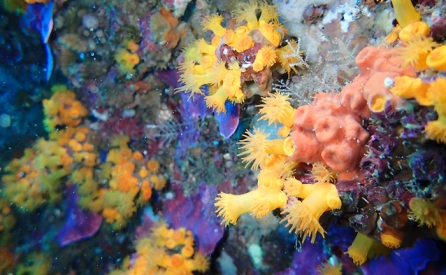Search
08/16: Three new publications to better manage the natural marine heritage
RAC/SPA has published two new guides on monitoring and mapping of marine magnoliophyta and coralligenous and rhodoliths assemblages and reissues the handbook for interpreting types of marine habitat
Any tentative to establish national inventories of natural sites of conservation interest or to manage a marine area, means that a prior assessment has to be made to appraise the state of knowledge concerning the resources to be managed.
However, the lack of tools and standard methods, easily applied by managers, makes this prerequisite difficult to obtain.
The document "Guidelines for Standardization of Mapping and Monitoring Methods of Marine Magnoliophyta in the Mediterranean" aims at overcoming this problem for Posidonia and other marine magnoliophyta in the Mediterranean.
This guide presents several methods and processes to be followed for each situation, whatever the location of the study area in the Mediterranean. Thus, the data collected from different countries could be compared to each other and give an overview on the state of seagrass in the region.
The document "Standard methods for inventorying and monitoring coralligenous and rhodoliths assemblages" identifies the main methods that can be used, and provides an overview on their advantages, limits and conditions of use.
The information presented could constitute a basis for discussion for the selection, as part of a regional strategy, of a standardized tools and common protocols for the inventory and the monitoring of the coralligenous and rhodoliths assemblages.
Finally, originally published in 2002, the "Handbook for interpreting types of marine habitat for the selection of sites to be included in the national inventories of natural sites of conservation interest", has been reissued as a more user-friendly format.
This guide is designed to make its content accessible both to specialists and non-initiated. For managers, it is a complementary tool to the Standard Data Form (SDF), which allows to compile the information on natural sites to be protected.
All these documents constitute available tools to the Mediterranean countries to assist them to better understand and manage the marine natural heritage of the Mediterranean.




Find Us On...